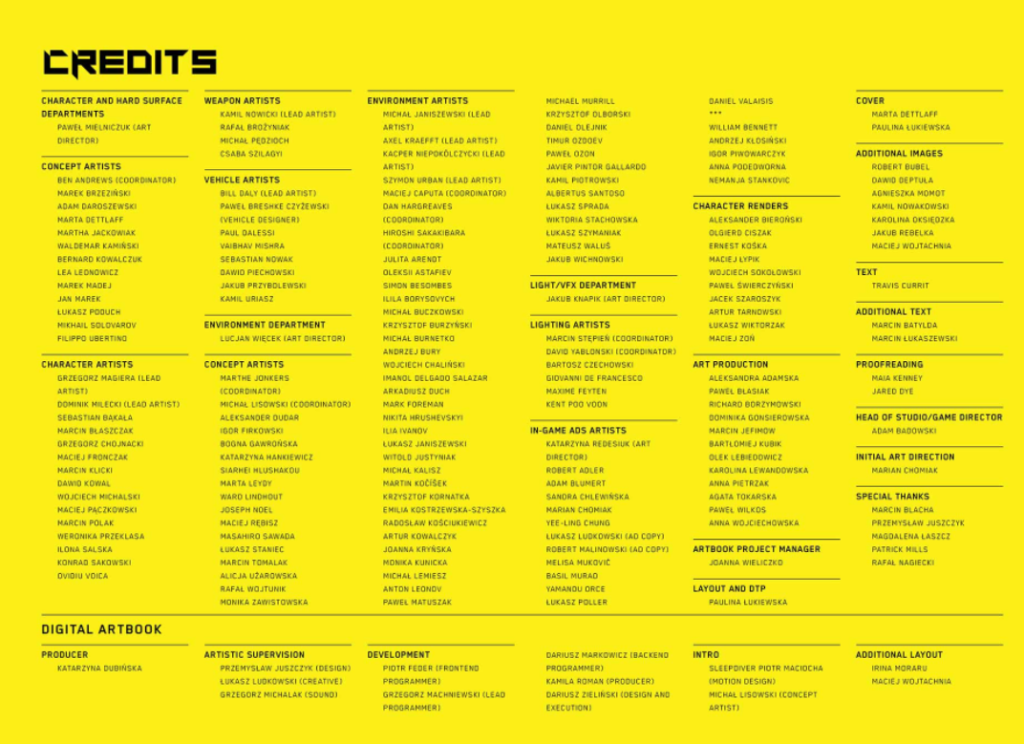Concept Art
Concept art in games plays a crucial role in visually communicating ideas and establishing the creative vision for the game’s world, characters, environments, and overall aesthetic. It is an indispensable tool in the early stages of development, guiding the design team in exploring and solidifying the look and feel of the game before production commences. Its essential purposes include:
1. Visualizing Ideas: Concept art transforms abstract ideas into tangible visuals, providing the team with a clear understanding of how characters, settings, or objects might appear.
2. Establishing Mood and Style: It definitively defines the tone, atmosphere, and artistic style of the game, ensuring consistency across different elements, from environments to character design.
3. Guiding Production: Concept art is a blueprint for 3D modellers, animators, and texture artists, offering reference images for creating the final assets.
4. Exploration and Iteration: It empowers artists to experiment with various designs and iterate quickly, testing different visual directions and styles to find the most fitting representation of the game’s vision.
5. Communication Tool: Concept art serves as a bridge between creative departments, allowing the art team, designers, and developers to align on a cohesive vision for the project.
Concept art lays the foundation for the game’s aesthetic and design, ensuring that everyone involved in production shares a unified vision.





JAKe Detonator
Taking inspiration from everything in the world to create a miniature stylised game version.
Creating exciting and unique ideas without copying other creatives.
Concepts that are too different and far-fetched run the risk of becoming obsolete or stuck in ‘development hell’, where investors are weary of investing as pre-existing beliefs don’t back the concept
shape expression



Leave a Reply